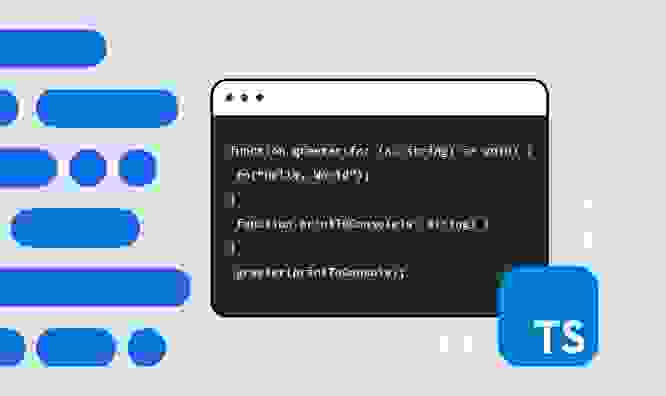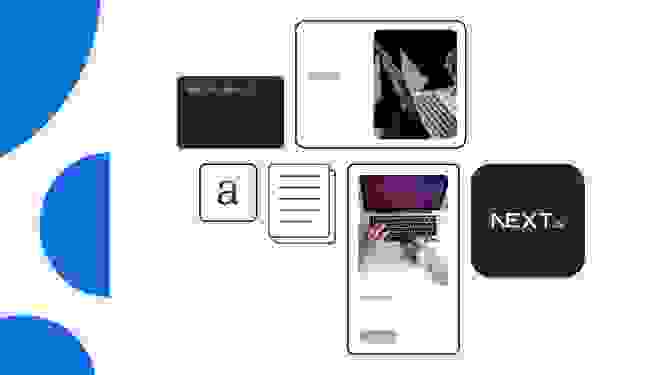What are the benefits of a headless CMS versus a traditional CMS?

Hi! 👋 We’re developer advocates. Not to be confused with avocados. 🥑 One of the best parts of the job is meeting the community in person and talking about all things coding, where we engage with folks of all levels of skill and experience.
For instance, we found that many frontend developers out there have never heard the term “headless CMS.” This is where we can offer support to inform and educate.
If you and your team have started pushing against the limitations of the “traditional” CMSes like WordPress and Drupal, it's time to explore some newer alternatives: the headless CMS and the composable content platform.
In this post, we'll dive into the benefits of these headless solutions, explain the difference between a headless CMS and a composable content platform, and help you make a decision based on your needs.
Headless content management system benefits
1. Embrace the freedom of decoupled architecture
Traditional CMSes tightly couple the frontend presentation layer of the website with the backend content management system. This monolithic approach makes it challenging to introduce new technologies, scale, or experiment.
A headless CMS makes your content available through an API (Application Programming Interface) that can be called upon by anything, anywhere. By transitioning to a headless CMS, you can use any frontend framework you desire, be it React, Vue, Angular, Svelte, Astro, or anything else.
2. Enhanced performance and faster load times
Monolithic CMS platforms generate complete HTML pages on the server-side, which can result in slower page load times, especially as your audience grows. Additionally, these platforms often bundle unnecessary code and features that contribute to bloated page sizes.
A headless CMS gives you control of your HTML pages. Because it serves content via the wizardry of APIs, it allows frontend developers to create highly optimized, lightweight websites. This decoupling of the backend and frontend improves performance, and results in a superior user experience.
3. Seamless cross-platform and multichannel content delivery
With the rise of mobile applications, voice assistants, and various digital touchpoints, delivering content across multiple platforms and channels is crucial. The problem with traditional CMSes is that they’re designed for web content only.
That’s not an issue for a headless CMS. Their APIs enable consistent content delivery across different platforms. Whether it's a website, mobile app, IoT device, or any other channel, you can distribute your content without duplicating efforts or compromising consistency.
4. Flexibility for frontend developers
One of the most significant advantages of a headless CMS is the freedom it grants frontend developers. You can focus solely on creating user interfaces, for example. The separation between content and presentation empowers you as developers to iterate faster, and implement changes without disrupting day-to-day content production. Content editors will love it too!
5. Scalability and future-proofing
As your website or application grows, scalability becomes paramount. Scaling a monolithic CMS can be complex and often requires significant server resources.
Thanks to their decoupled nature and distributed architecture, headless CMSes are inherently scalable, allowing you to handle high traffic periods (e.g., Black Friday) and adapt to evolving business needs. With the flexibility to adopt new technologies on the frontend, you're future-proofing your code, regardless of future technological advancements.
6. Smoother upgrades and maintenance
Upgrading a monolithic CMS can involve updates to the core system, plugins, themes, and other customizations, which can create compatibility issues and require significant development effort.
Headless CMS platforms alleviate these challenges. Since the frontend presentation layer is decoupled from the backend content management system, you can upgrade or make changes to either component independently.
7. Eliminate vendor lock-in
Vendor lock-in is a concern when working with traditional CMSes. Switching to a new CMS may require rebuilding the website or application from scratch, resulting in significant time, effort, and cost.
Headless CMSes provide a remedy for vendor lock-in by offering content in a standardized and agnostic manner through APIs. The content is stored and managed independently from the presentation layer, making it easier to migrate to a different provider.

Frequently asked questions
Q: How is a headless CMS different from a traditional CMS?
A headless CMS separates the backend content management functionality from the frontend presentation layer, enabling the frontend to consume content via APIs. In contrast, traditional CMS platforms like WordPress or Drupal handle both content management and frontend rendering.
Q: Will adopting a headless CMS require rewriting my entire website?
No, implementing a headless CMS does not require a complete overhaul of your website. You can gradually introduce the headless architecture by integrating the new CMS with specific sections or pages while leaving the existing sections intact.
Q: How does a headless CMS improve website performance?
A headless CMS gives you complete control of how your website is rendered, so can you choose static-site generation or any other method to make sure that your website is as fast as possible.
Q: Can I still use familiar CMS features like content editing and workflows with a headless CMS?
Yes, a headless CMS typically provides a user interface for content editing, workflow management, and collaboration. You can continue to make your editors happy while enjoying the flexibility of a decoupled architecture.
The arrival of composable content platforms
While a headless CMS focuses on decoupling content management from frontend presentation, composable content platforms take it a step further.
A composable content platform allows you to create and reuse custom content components and integrations across multiple digital experiences.
For example, you can assemble content blocks and even entire websites from a library of reusable elements, giving you an efficient, centralized process.
Which solution is right for you and your team?
The decision between a headless CMS and a composable content platform depends on your specific requirements.
If you primarily need to decouple content management from the frontend presentation and leverage various frontend technologies, a headless CMS might be the better choice. Contentful offers the core functionality of a headless CMS right out of the box, with extensive supporting documentation and tools to get you started quickly.
If you need something more sophisticated than a headless CMS, Contentful can support you there too. As a composable content platform, it can orchestrate content from multiple sources and publish it to any digital channel. We ensure content is discoverable and reusable, provides tailored interfaces, and incorporates governance through role-based access management and workflows.

Wrapping up
Monolithic CMSes like WordPress or Drupal have long served as go-to solutions for content management, but their limitations can impede a frontend developer’s ability to deliver exceptional user experiences.
That’s why embracing a headless CMS or a composable content platform can be transformative. These solutions liberate you from the constraints of traditional CMSes, giving you the freedom to use modern technologies, enhance performance, deliver content across multiple channels, and increase the morale of your developer team.
Whichever path you choose, you're embarking on a journey that will change your content management and frontend development processes, leading to scalable, future-proof digital solutions.




